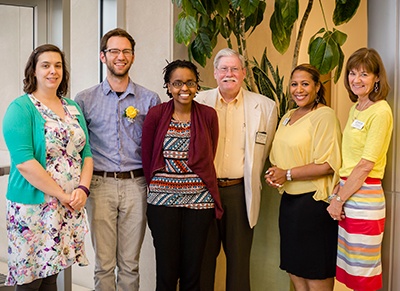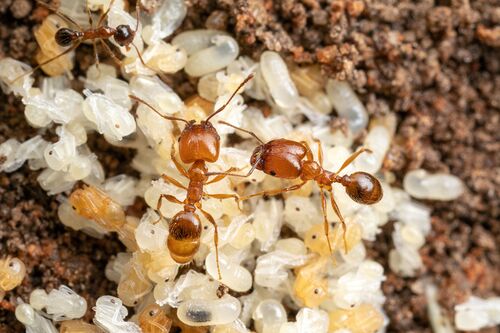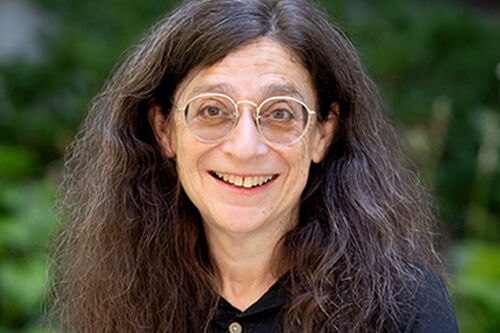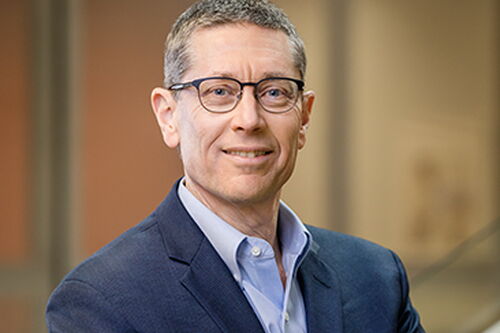Students help open butterfly garden, archaeology exhibit at children's museum

The Growing Prairies and Growing Minds butterfly garden and an archaeology exhibit opened recently at the museum, 346 N. Neil St., Champaign. Students in the Entomology Graduate Student Association, led by project manager and entomology graduate student Alexander Hazel, provided the organization and labor needed to create the garden.
Meanwhile, student volunteers with the Archaeology Student Society at Illinois helped create an exhibit featuring interactive activities with a field shed, excavation units, archaeological materials, and stations that encourage engagement and sensory experiences for children in kindergarten through sixth grade. Children will move through the shed and discover how archaeologists learn about the past.
Guest speakers at the beginning of the event included Illinois state Sen. Scott Bennett and Deb Frank Feinen, the mayor of Champaign. René A. Dunn, the executive director of the museum, said the garden, located in the courtyard south of the entrance to the museum, is designed to build appreciation for nature in a play environment, and to also act as an attractive, therapeutic addition to downtown Champaign.
“We thought it was a great addition to what we’re doing at the museum,” Dunn said. “We’re expecting children to become familiar with native plants and insects, and to learn about pollination.”
The archaeology exhibit was also helped by a $500 donated by American Legion Post 24 in Champaign, a permanent fund grant by the Illinois Association for the Advancement of Archaeology, and many community donors.
The butterfly garden was funded in part by the university’s Chancellor’s Public Engagement Student Fellows grant of $2,000, which paid for the plants, soil, and lumber for construction, as well as oversight of the program.
“We’re trying to supply a natural space that allows children to experience nature on their own terms,” Hazel said. “It’s a chance to show folks what beautiful plants there are here.” Students planted 150 plants of 41 species, 26 of which are native to Illinois, Hazel said.
Professor of entomology Lawrence Hanks sponsored the project, provided advice and helped Hazel balance his workload in his first year as a graduate student. “He was very confident in my ability to delegate tasks to make this project a reality,” Hazel said.








